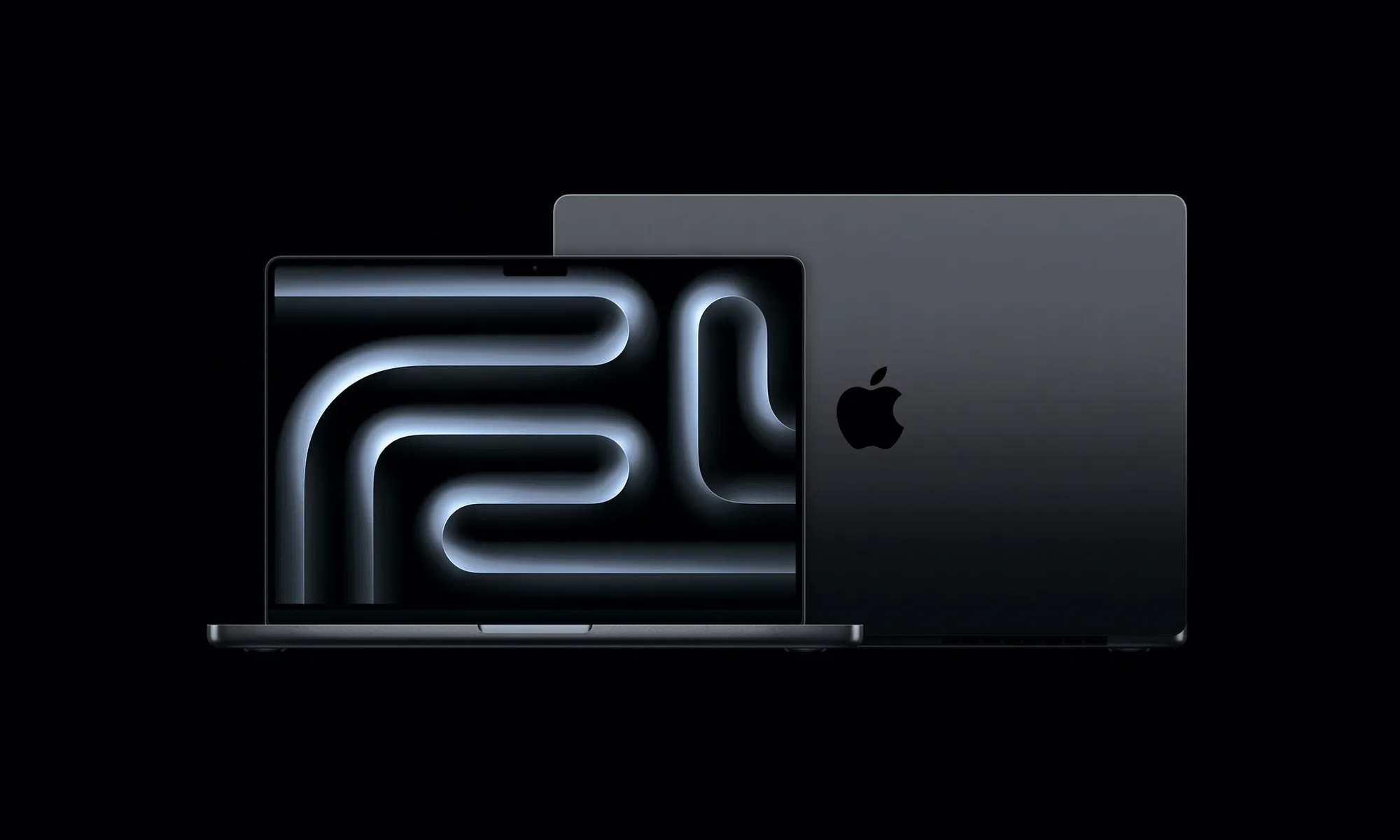News
Apple Scary Fast Event: New M3 MacBook Pros And iMac
The latest chip upgrades promise huge power and efficiency increases.

Apple unveiled its latest Mac refresh at its “Scary Fast” live-streamed event on Monday, which, incidentally, was the first of its kind to be shot entirely on an iPhone (specifically, the new iPhone 15 Pro Max).
“We’ve got something special for you tonight. No tricks, just treats,” teased Apple chief executive Tim Cook on social media platform X, formerly Twitter, before the event.
The “Scary Fast” moniker turned out (rather unsurprisingly) to be a reference to the company’s M3, M3 Pro, and M3 Max chips, which promise huge increases in power and efficiency while reducing the system’s reliance on memory.
“M3, M3 Pro, and M3 Max are the most advanced chips ever built for a personal computer,” said Johny Srouji, Apple’s senior vice president of hardware technology.
“Apple silicon has completely redefined the Mac experience. Every aspect of its architecture is designed for performance and power efficiency”, he added.
The New 24-Inch iMac

Since its 2021 launch, the iMac hasn’t benefited from a single spec bump. That situation has now been rectified, with Apple boosting the tired M1 processors inside the colorful all-in-one PC for its latest M3 chip, doubling the already speedy device’s performance in the process.
Although the rest of the iMac 24 is largely unchanged, Apple claims to have tweaked the display quality, which now offers 11.3 million pixels and more than a billion colors, as well as adding faster wireless connectivity.

“We are excited to give iMac a big boost in performance with the M3 chip,” said John Ternus, Apple’s senior vice president of hardware engineering.
“The new iMac with M3 is incredible for anyone, especially those who have not yet upgraded from Intel, providing a giant leap in performance and capabilities,” he added.
Online pre-orders for the new iMac are already being taken, with prices starting at $1,299 and deliveries expected to start from November 7.
The Latest MacBook Pros
Apple also announced a new MacBook Pro line-up with an M3 chip upgrade to both the 14 and 16-inch versions of the laptop, offering “phenomenal sustained performance” for machine learning programmers, 3D artists, and video editors.
Also Read: MENA Online Electronics Sales Grew By 7% In 2023
Starting at $1,599, the new MacBook Pros are now available for pre-order. Customers will begin to take delivery from November 7 to coincide with the laptops’ arrival in Apple stores.
News
Mamo Completes $3.4M Funding Round To Enhance Fintech Services
The startup will use the influx of cash to expand into Saudi Arabia and across the wider GCC while improving its product offering.

UAE-based fintech Mamo has announced the completion of a $3.4 million funding round that will help the startup extend its market presence and improve its product offering. Investors included 4DX Ventures, the Dubai Future District Fund and Cyfr Capital.
Mamo’s platform offers “payment collection, corporate cards and expense management” to help small and medium-sized businesses consolidate and streamline their operations. With the latest influx of capital, Mamo will further develop its comprehensive suite of services and begin testing its product lines in Saudi Arabia, further extending its footprint across the GCC.
Imad Gharazeddine, co-founder and CEO of Mamo, stated: “We’ve been in the market for a while now and are incredibly proud of what our team has achieved. The holistic and expansive nature of our product offering has helped us continue to grow sustainably. This additional funding will allow us to reach our medium-term goals even faster. The support from new and existing investors is a testament to our strong expertise and the ability to deliver on our customer promise”.
Daniel Marlo, General Partner of lead investor 4DX Ventures, added: “We have immense trust in Imad’s vision, leadership and Mamo’s innovative approach to provide a user-friendly and comprehensive financial solution for SMEs that makes financial management more accessible and efficient. We are proud to partner with them and support their mission”.
Also Read: A Guide To Digital Payment Methods In The Middle East
Amer Fatayer, Managing Director of Dubai Future District Fund’s investment team, also commented: “Mamo’s localized product lines serve as an infrastructure for SME payments and spend management in UAE, a segment that is underserved by the country’s current banking infrastructure. The team has taken a product-first approach to consolidating SMEs’ financial journeys and building a fintech solution deeply embedded in a business’s core operations”.
To date, Mamo has raised around $13 million in investment funding and now boasts a team of 30 people. The company’s intuitive financial services platform has allowed over 1,000 businesses to consolidate their financial operations and significantly reduce payment fees.
-

 News4 weeks ago
News4 weeks agoAmazon Prime Day 2024: Get Ready For 6 Days Of Amazing Deals
-

 News4 weeks ago
News4 weeks agoSamsung Unpacked 2024: What To Expect From The July 10 Event
-

 News3 weeks ago
News3 weeks agoCoursera Report Shows Surge In UAE Interest In AI Upskilling
-

 News4 weeks ago
News4 weeks agoMeet Dubai’s Groundbreaking Smart Robot Delivery Assistant
















